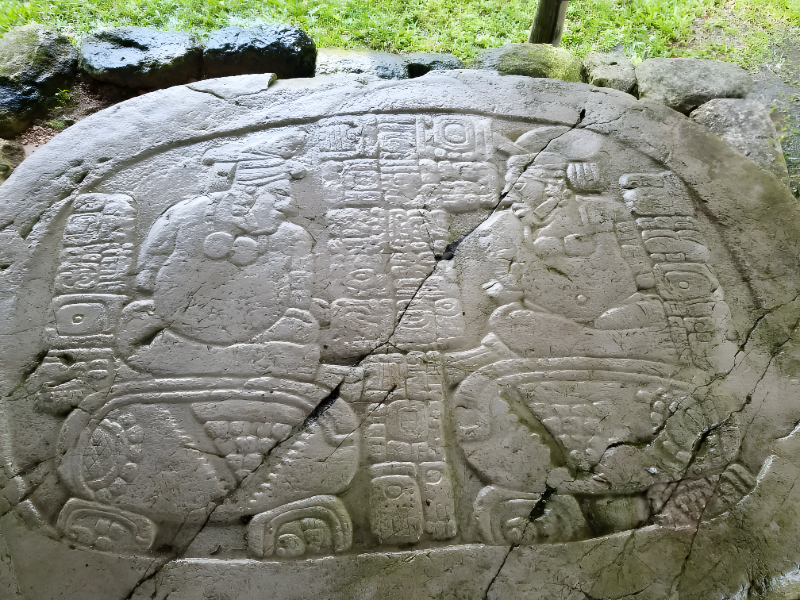Ancient Maya Calendar Mystery: How They Predicted World Events with Stunning Accuracy
2. The Structure of the Maya Calendar

In contrast, the Haab is a solar calendar comprising 18 months of 20 days each, plus an additional month of 5 "nameless" days called Wayeb. This calendar closely aligns with the solar year, enabling the Maya to track seasonal changes and plan agricultural activities. The Haab was essential for determining planting and harvesting timing, ensuring Maya settlements' sustainability through precise agricultural planning.
Together, the Tzolk'in and Haab form the 52-year Calendar Round, a time cycle that holds great significance in Maya cosmology. This cycle represents a complete alignment of the two calendars, and its conclusion was marked by elaborate celebrations that emphasized renewal and life's cyclical nature.
The Long Count calendar adds another complexity layer to Maya timekeeping. Unlike the cyclical nature of the Tzolk'in and Haab, the Long Count is linear, allowing the Maya to record historical events over vast periods. The Long Count is divided into baktuns, each consisting of 144,000 days. This system enabled the Maya to document significant events such as city founding, royal reigns, and major conflicts.
The combined use of these calendars demonstrates the Maya's intricate timekeeping approach. Their ability to track astronomical events, agricultural cycles, and historical milestones reflects deep understanding of the natural world and its rhythms. This sophisticated system not only served practical purposes but also reinforced Maya spiritual beliefs, emphasizing the interconnectedness of time, nature, and the cosmos.
Studying the Maya calendar's structure provides insight into how this ancient civilization navigated their world. Far from being mere measurement tools, their calendars were integral to their identity, shaping their actions and beliefs in a complex and ever-changing environment.









